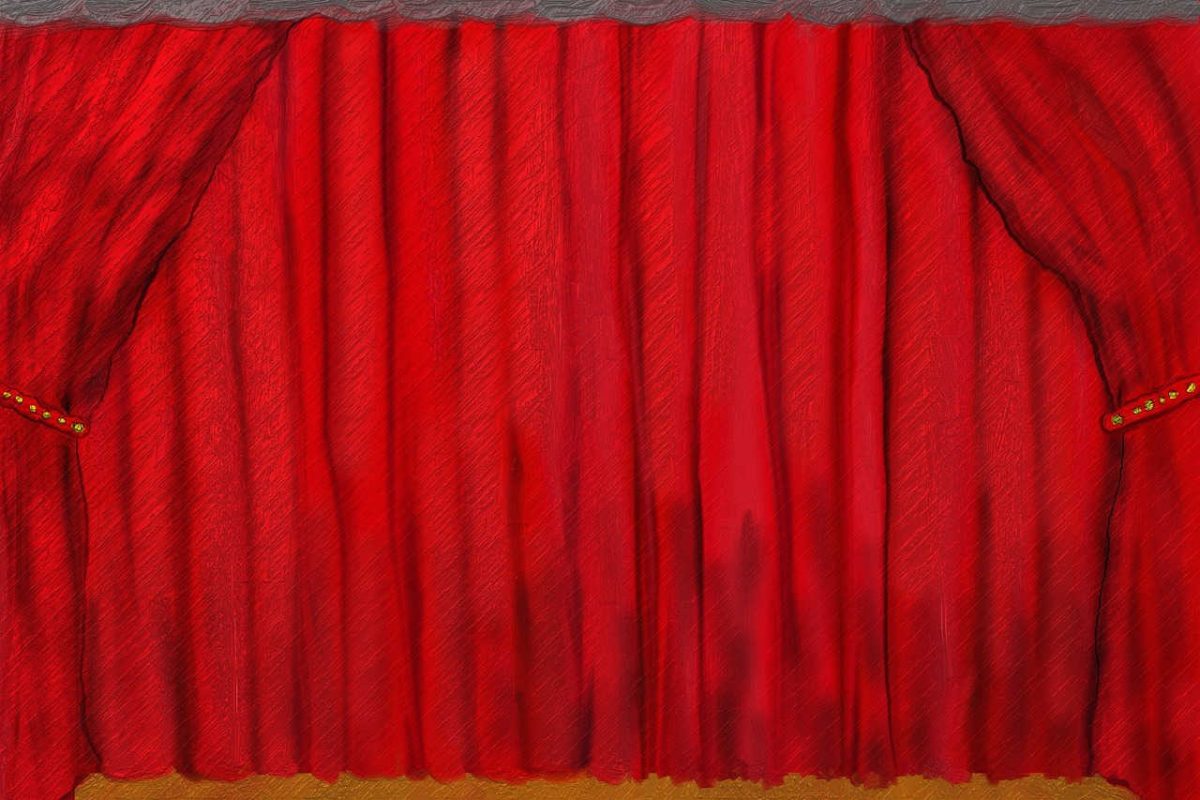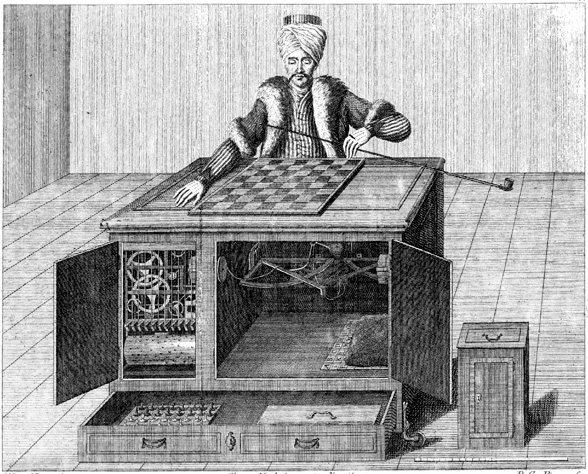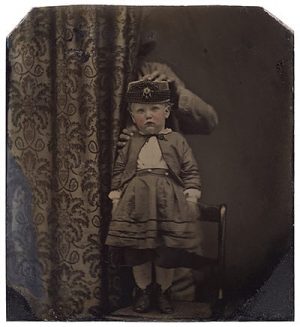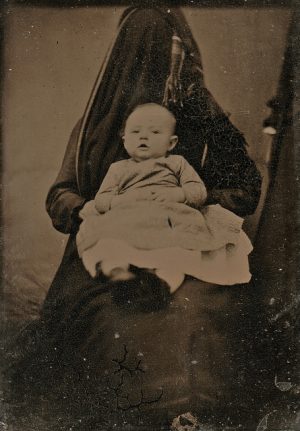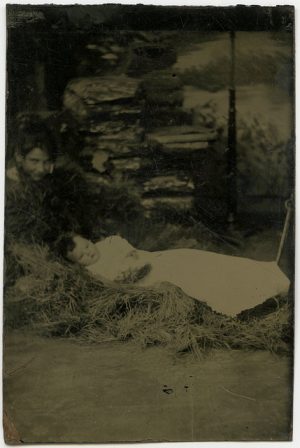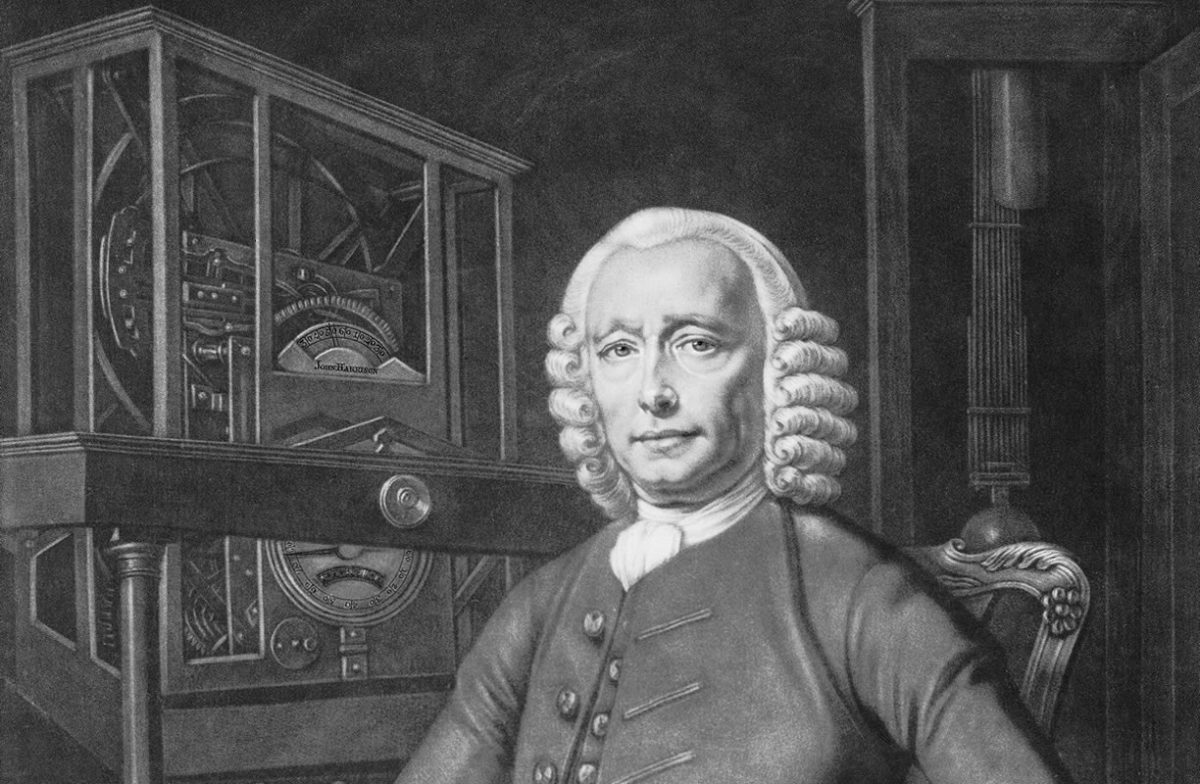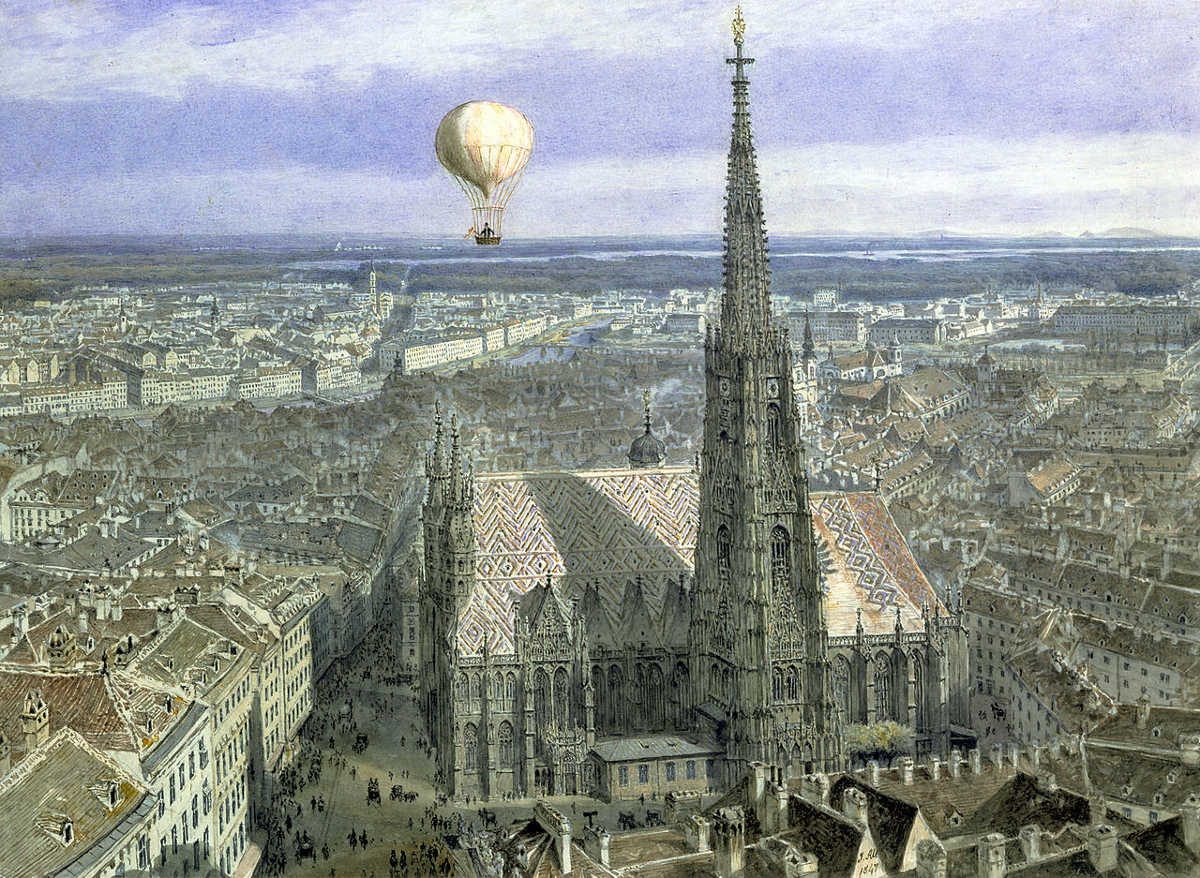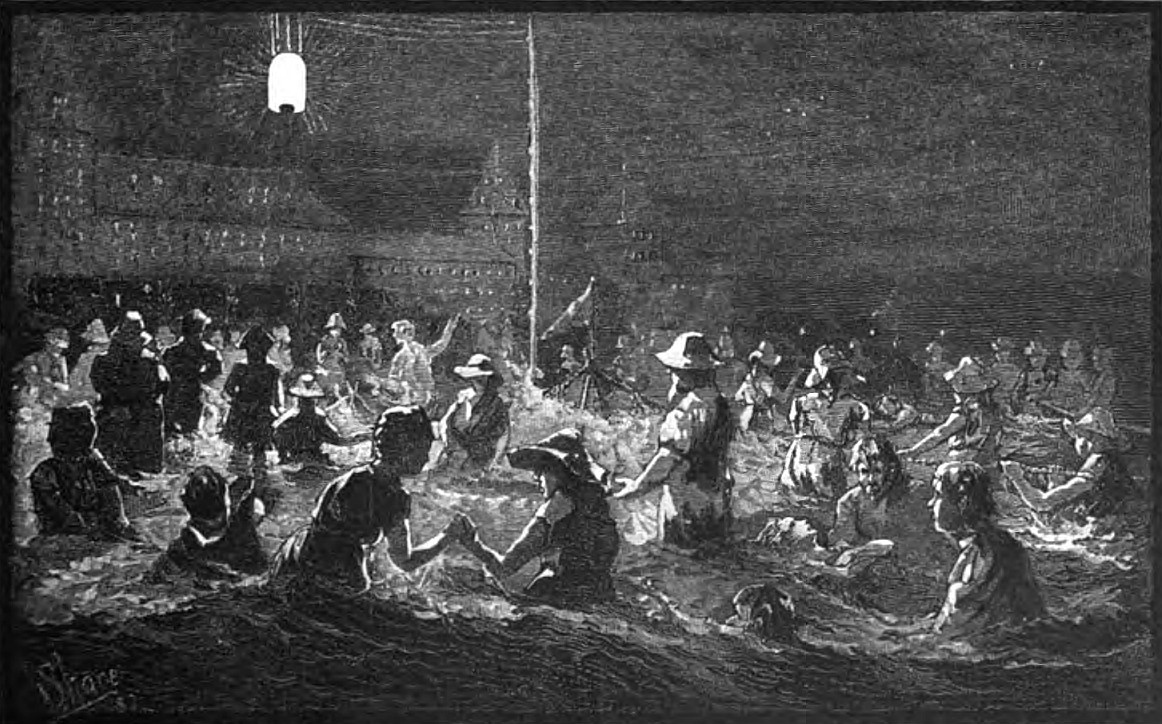
In 1878 Coney Island mounted electric lights on poles so that visitors could play in the surf at night.
“One could take many a long journey and never meet elsewhere with so strange, so truly weird a sight as this,” reported Scribner’s Monthly. “The concentrated illumination falls on the formidable breakers plunging in against the foot of the bridge, and gives them spots of sickly green translucence below and sheets of dazzlingly white foam above. There is a startling spot of foreground and nothing more. A couple who are confident swimmers, possibly a man and his wife, come down the bridge and put off into the cold flood. The woman holds by the man’s belt behind, and he disappears with her into the darkness. A circle disports with hobgoblin glee around a kind of May-pole in the water.”
“Nothing else,” opined the New York Times, “would answer the purpose of those lunatics who persist in bathing after nightfall.”

